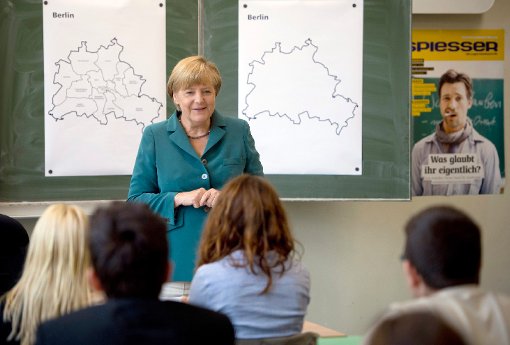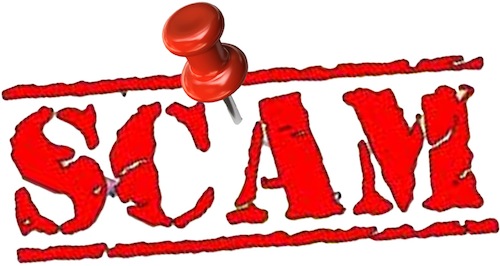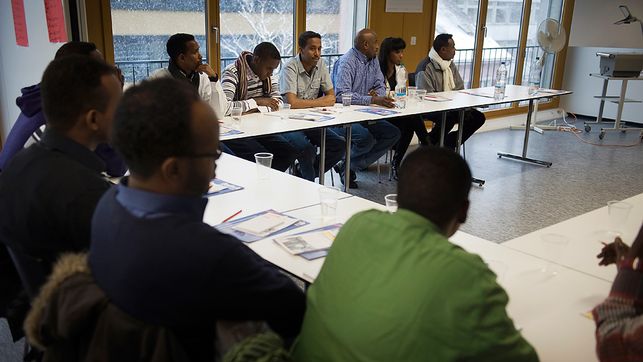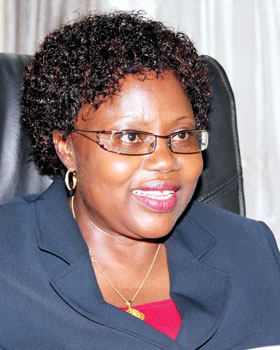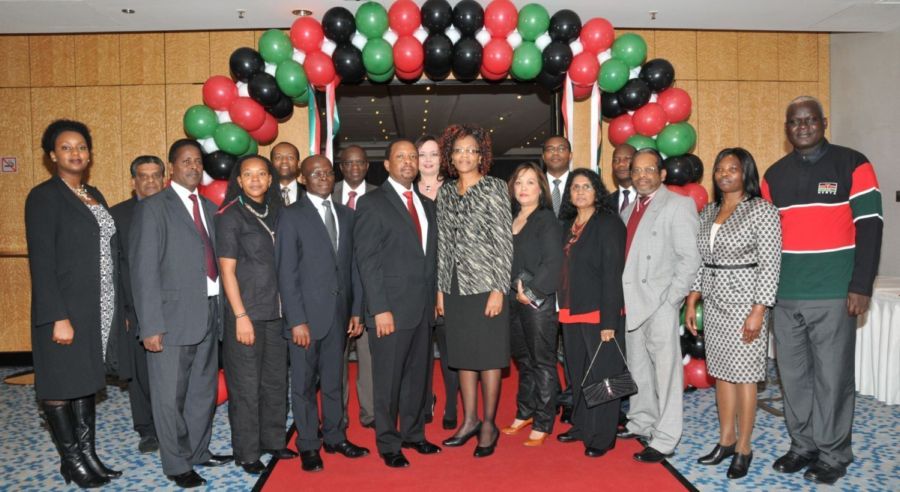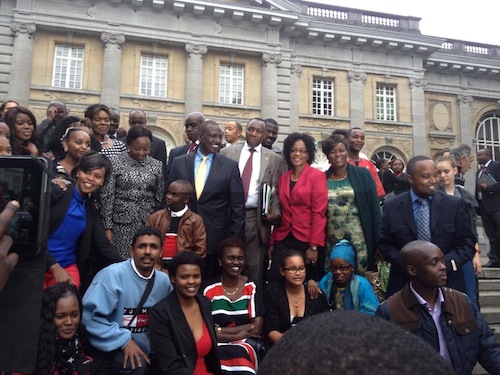Elections are coming up soon and I thought I should offer a crash course for the readers on German politics. If you haven’t done the Integration course, which you need in some states to get the German Pass, some of this info might be helpful for that exam. And if you already have the German Pass you might need this info as you make your decision during the election.

Anyhu, here are the basics.
- The country is ruled by 2 sections the Bundestag/Parliament (makes federal laws) and the Landtag (makes state laws), both of these are voted in by the electorate.
- Bremen and Hamburg don’t have Landtags but instead have Stadtbürgerschaft
- Berlin also doesn’t have a Landtag but instead an Abgeordnetenhaus
- The Chancellor (Angela Merkel) is voted in by the Bundestag and she names the Ministers.
- The Landtag and the Bundestag, join together to form the Bundesversammlung
- The Bundesversammlung votes in and is headed by the Bundespresident
- The Landtag votes in the Minister-President
- The Bundesrat is made of all the Minister-Presidents from all the federal States
Now you know who is leading who, now the Parties that take them there:
Contents
Sozialdemokratische Partei Deutschlands (SPD)

Colour: Red
Political position: Center-Left
Ideology: Social democracy
Started: The oldest German party, started in 1863 in Leipzig
Their main aim is to fight for education, jobs and provision of schools.
They fight for the family unit and believe no one should have to choose between family and a career.
Known members: Kurt Beck (Rheinland Pfalz -MP till last week);
Christlich-Demokratische Union (CDU)/ Christlich-Soziale Union (CSU)


Colour: Black
Political position: Center-Right
Ideology: Conservatism, Liberal Conservatism
Started: 1945; it’s found in every state apart from Bayern where the CSU is found
The party is based on the Christian religion
Their main aim is to offer education, as well as avoid debts and ensure investors and companies do well so as to maintain jobs
Known members: Helmut Kohl, Angela Merkel
Bündnis 90/ Die Grünen
Colour: Green
Political position: Center-left
Ideology: Green Politics
Started: 1980
Their program aims at saving the environment
They also believe in all human beings being equal regardless of their origin and/or skin colour.
Freie Demokratische Partei (FDP)

Colour: Blue and Yellow
Political position: Liberalism
Ideology: Liberalism
Started: 1948
The party encourages liberal thinking and believes everyone should live as they wish as long as they don’t harm others.
To them the state shouldn’t be involve itself too much with an individual’s life
The fight for more jobs and education
Die Linke/ Linkspartei
Colour: Red
Political position: Left wing
Ideology: Democratic socialism; communism; anti-capitalism
Started in 2005
They focus on peace and eradication of poverty
They believe everyone should have equal access to medical cover and equal chances at education and getting jobs.
The smaller parties:
 Südschleswigscher Wählerverband SSW – Ethnic minority politics
Südschleswigscher Wählerverband SSW – Ethnic minority politics
 Bürger in Wut BIW – Right wing populism
Bürger in Wut BIW – Right wing populism
 Deutsche Kommunistische Partei DKP – Communism
Deutsche Kommunistische Partei DKP – Communism
 Piraten Partei – Progressivism, Liberalism
Piraten Partei – Progressivism, Liberalism
 Nationaldemokratische Partei Deutschlands (NPD) – Nationalism, Conservatism
Nationaldemokratische Partei Deutschlands (NPD) – Nationalism, Conservatism
 Alternative für Deutschland (AfD) – Soft euroscepticism, Conservatism, Economic liberalism
Alternative für Deutschland (AfD) – Soft euroscepticism, Conservatism, Economic liberalism

